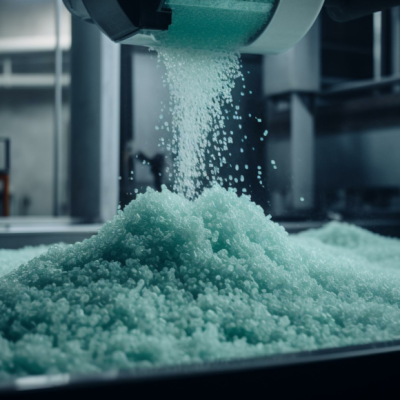A new technology has been developed that can extract drinking water from the air without the need for energy input, even in hot regions of the world. This is made possible by a new coating that cools the condensation surface significantly. While obtaining clean drinking water can be a challenging and energy-intensive process in many parts of the world, coastal regions typically rely on desalination of seawater, while inland areas often use condensation of humidity, which requires energy-intensive cooling technology. Passive technologies such as absorber systems or dew-collecting films have been developed, but they require energy and can only extract water at night. However, researchers at the Swiss Federal Institute of Technology in Zurich have developed a new technology that can extract water from the air without energy input, even in hot and sunny conditions.
The new system consists of a specially coated glass pane that effectively radiates its own heat and reflects incoming sunlight, resulting in a temperature 15 degrees Celsius below the ambient temperature. This temperature difference causes humidity to condense into tiny water droplets on the underside of the glass pane. The new coating is made of polymers and silver, which emit infrared radiation in a specific wavelength range that is not absorbed by the atmosphere or reflected back to the pane by the molecular components of the air. Additionally, a conical radiation shield blocks most of the heat radiation and sunlight from the pane, while allowing heat dissipation and cooling. The underside of the condensation pane also has a superhydrophobic coating that repels water, allowing the condensed water to roll off.
This new technology has significant advantages over other methods, as it requires no additional energy input and can extract more water than current passive technologies. In a real-world test, the new technology was able to extract at least twice as much water per surface area per day as the best current passive film technologies. The production of the coated panes is relatively simple, making it a potentially valuable solution for water-scarce regions, particularly in developing countries.










